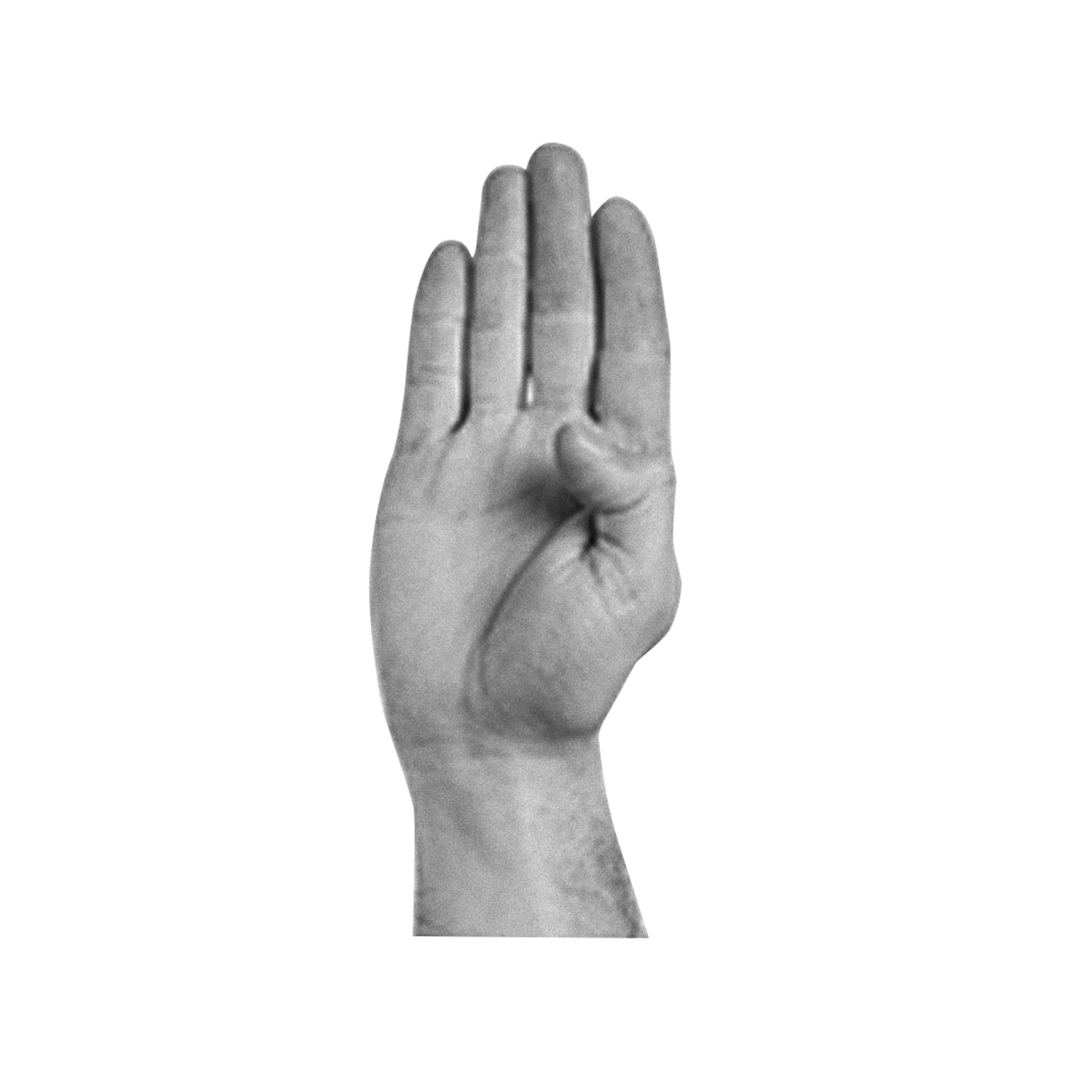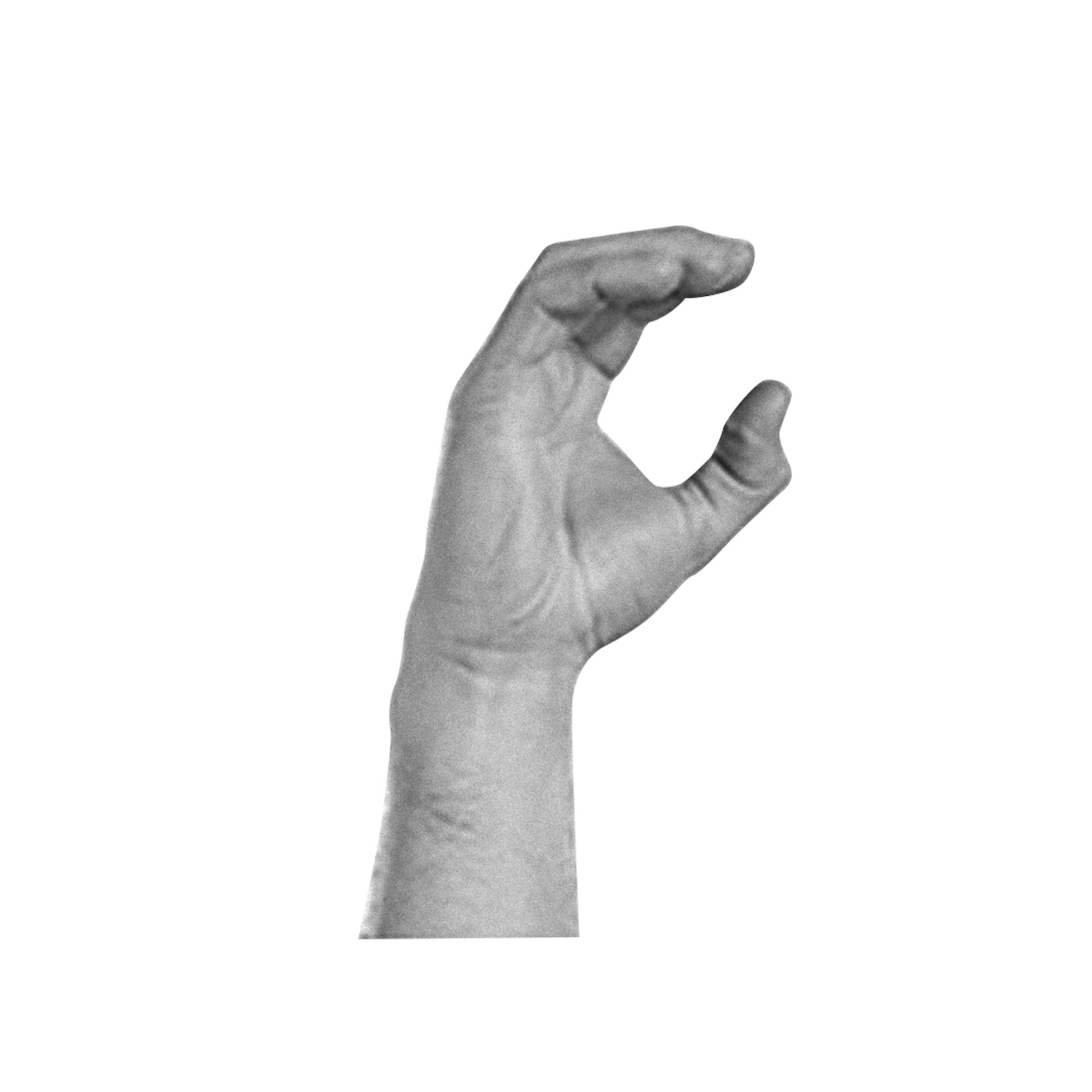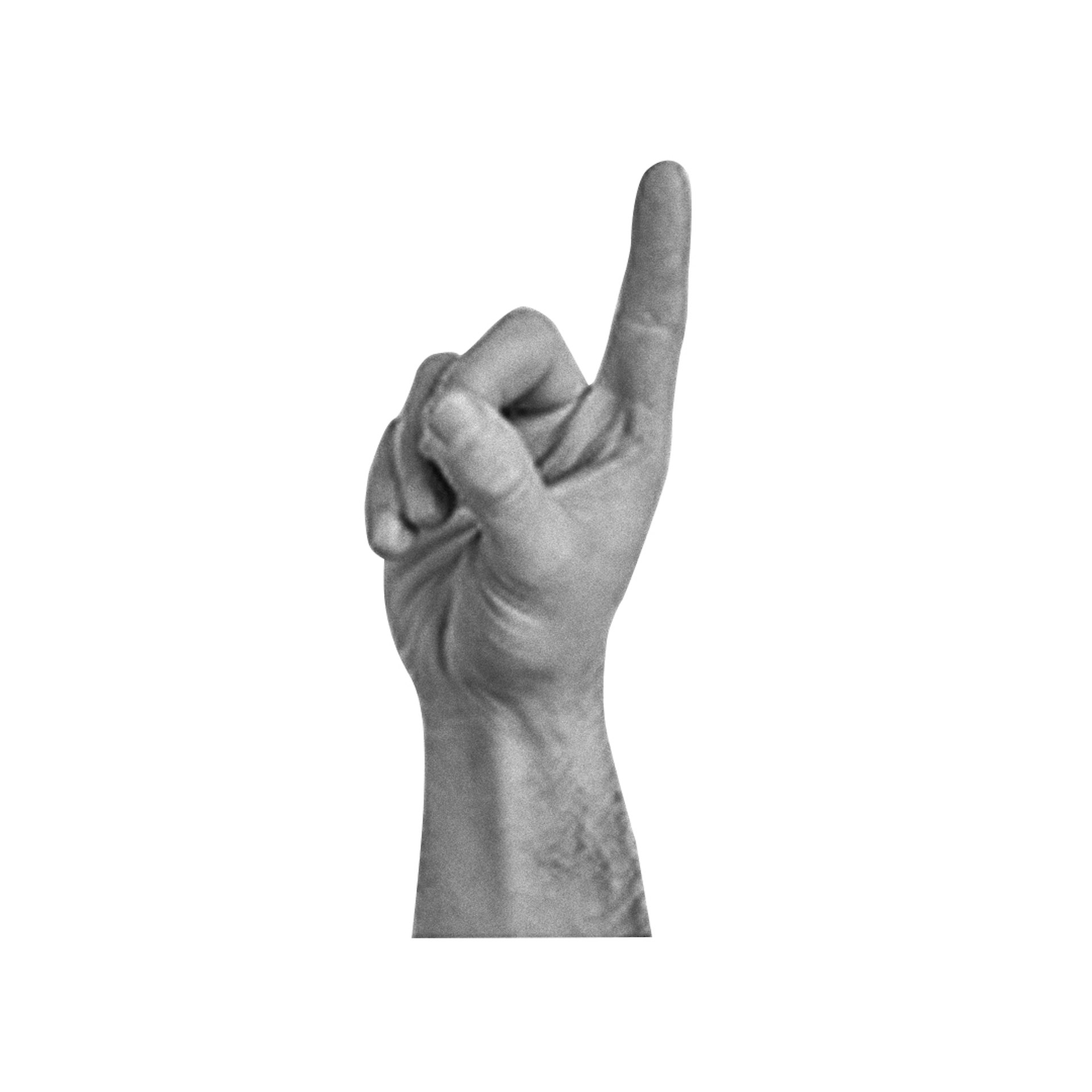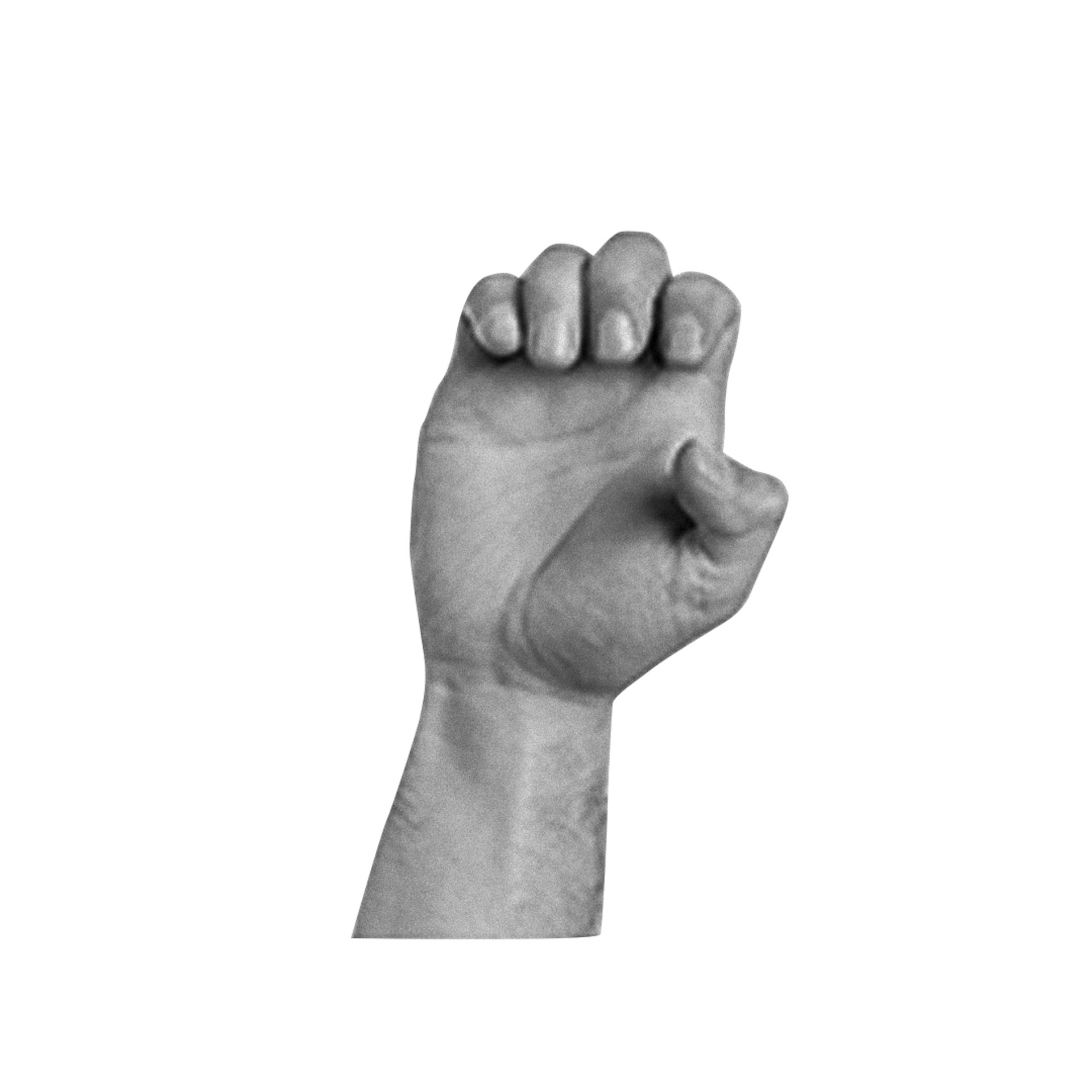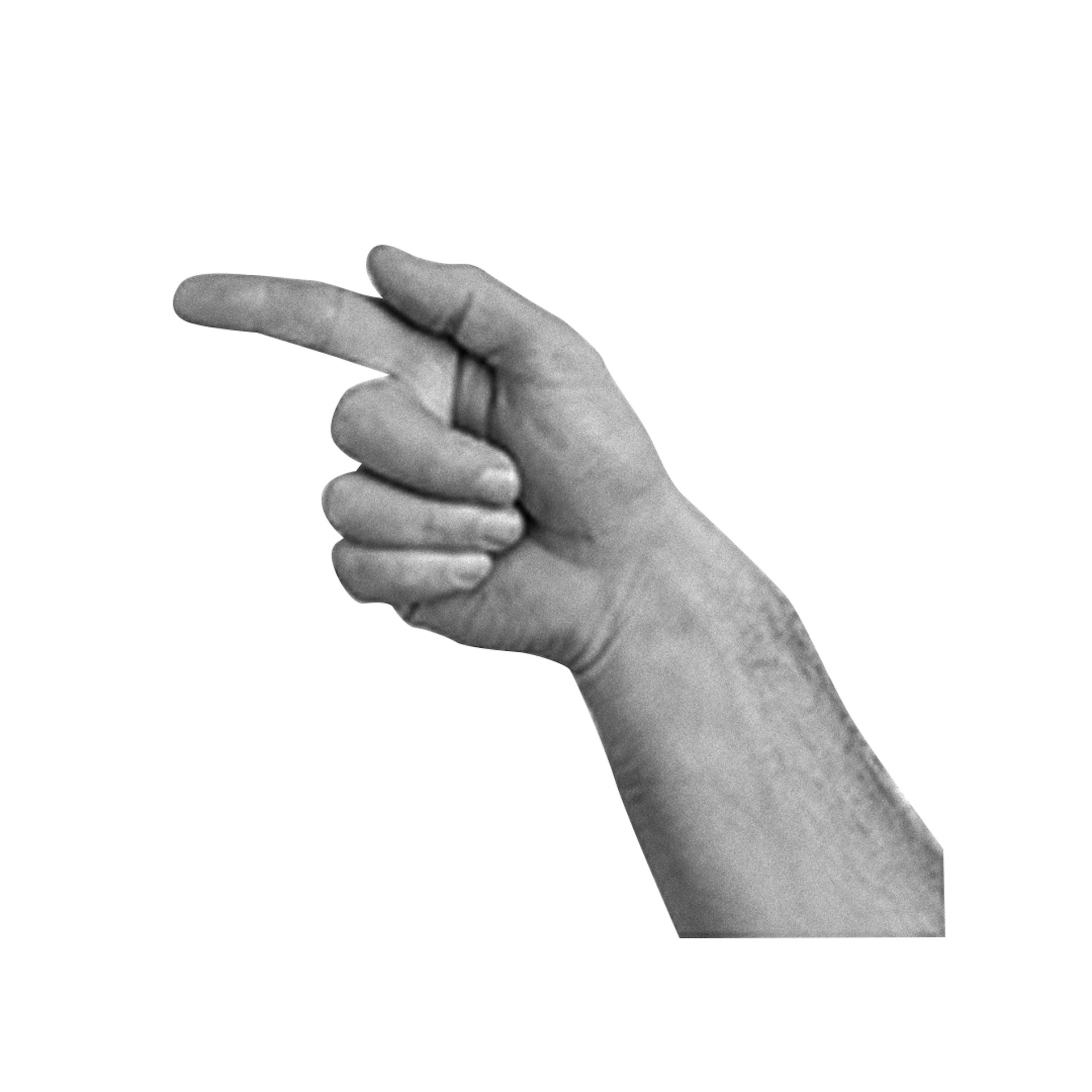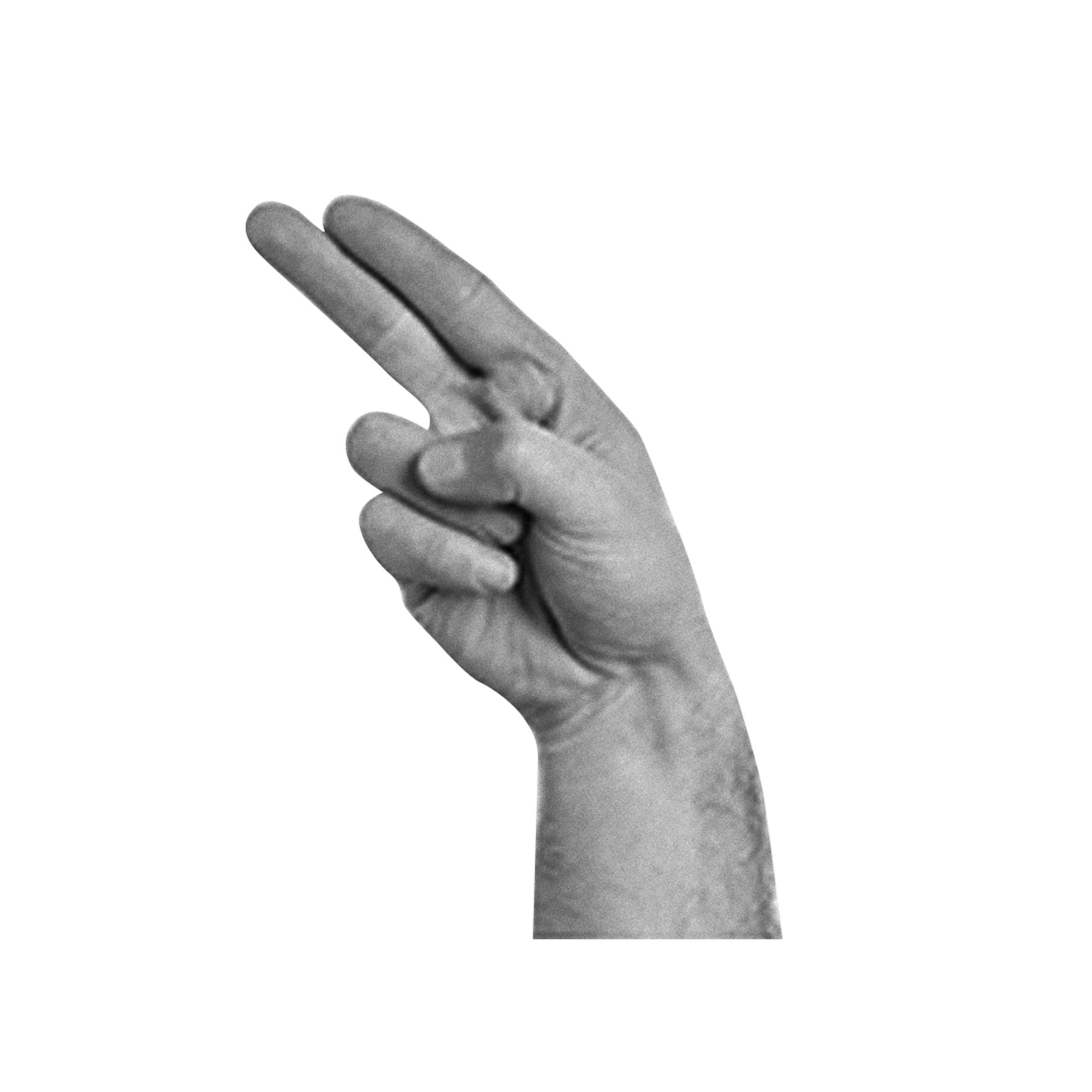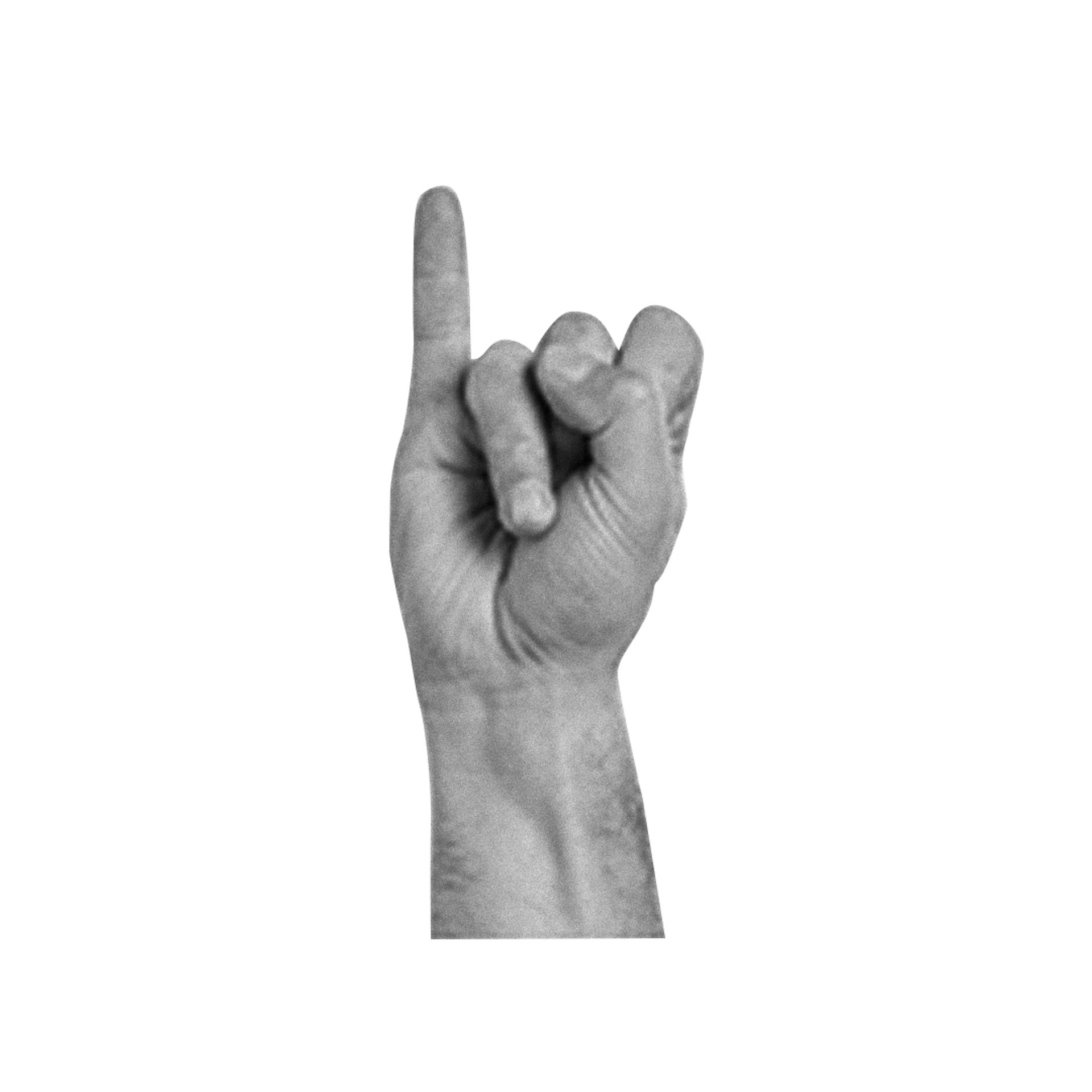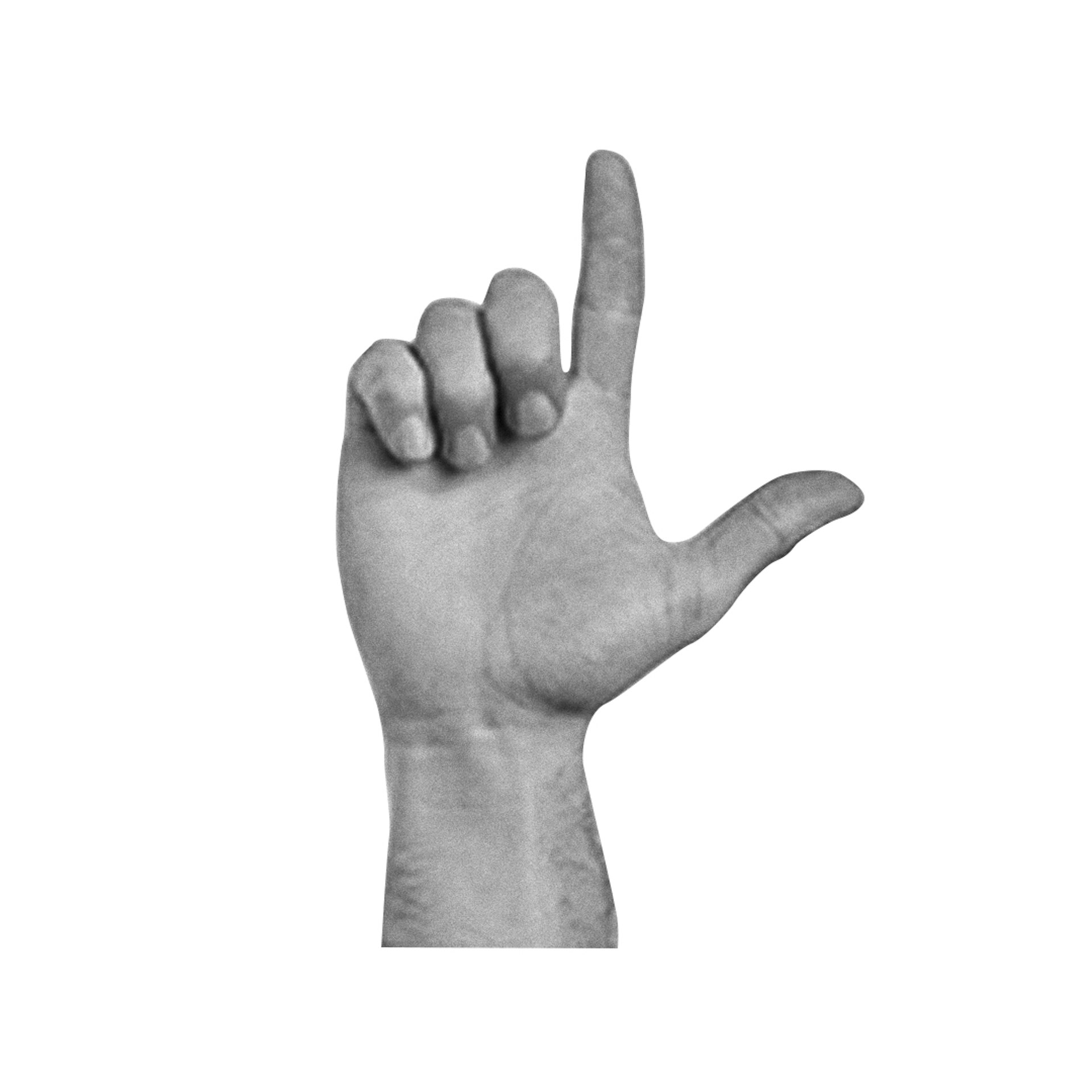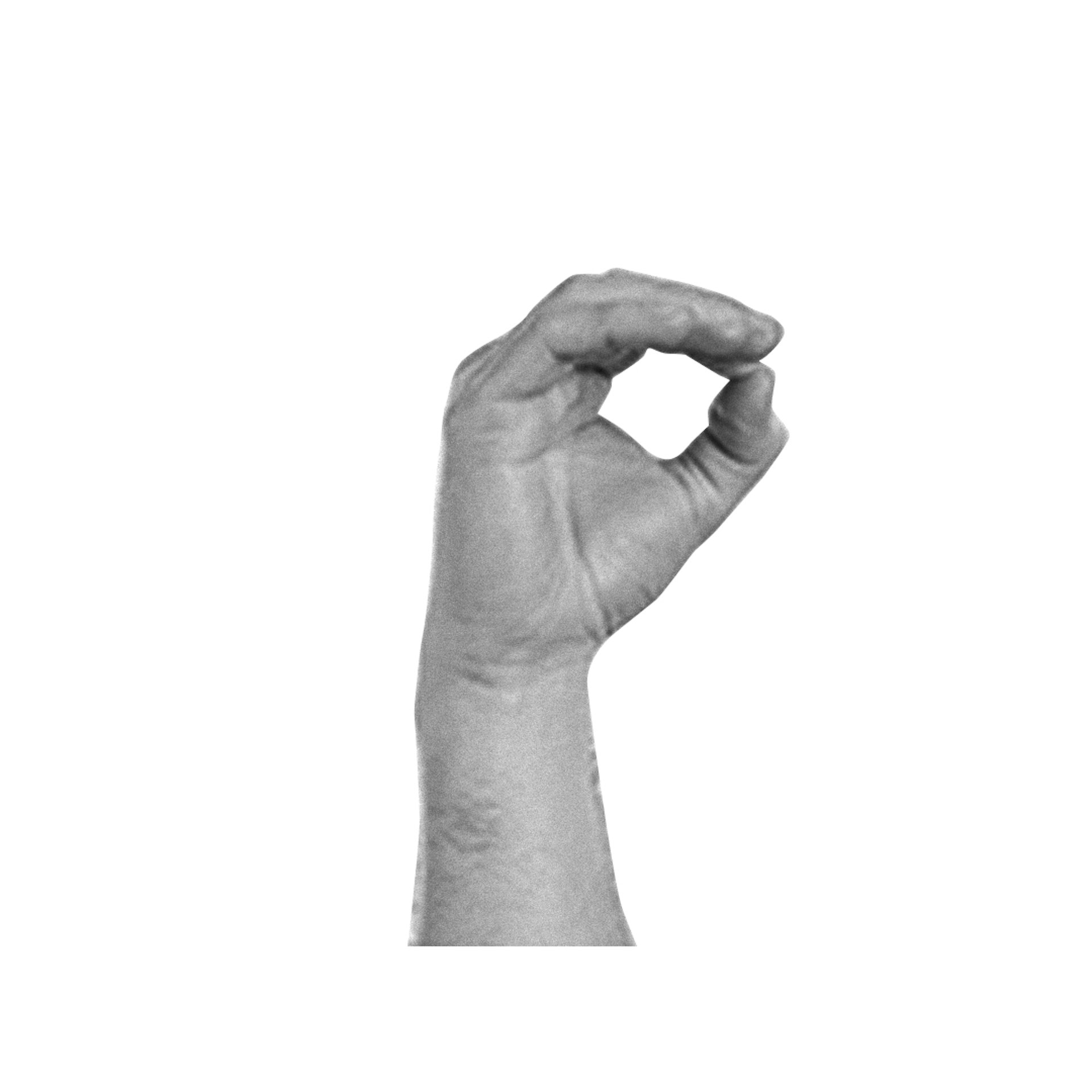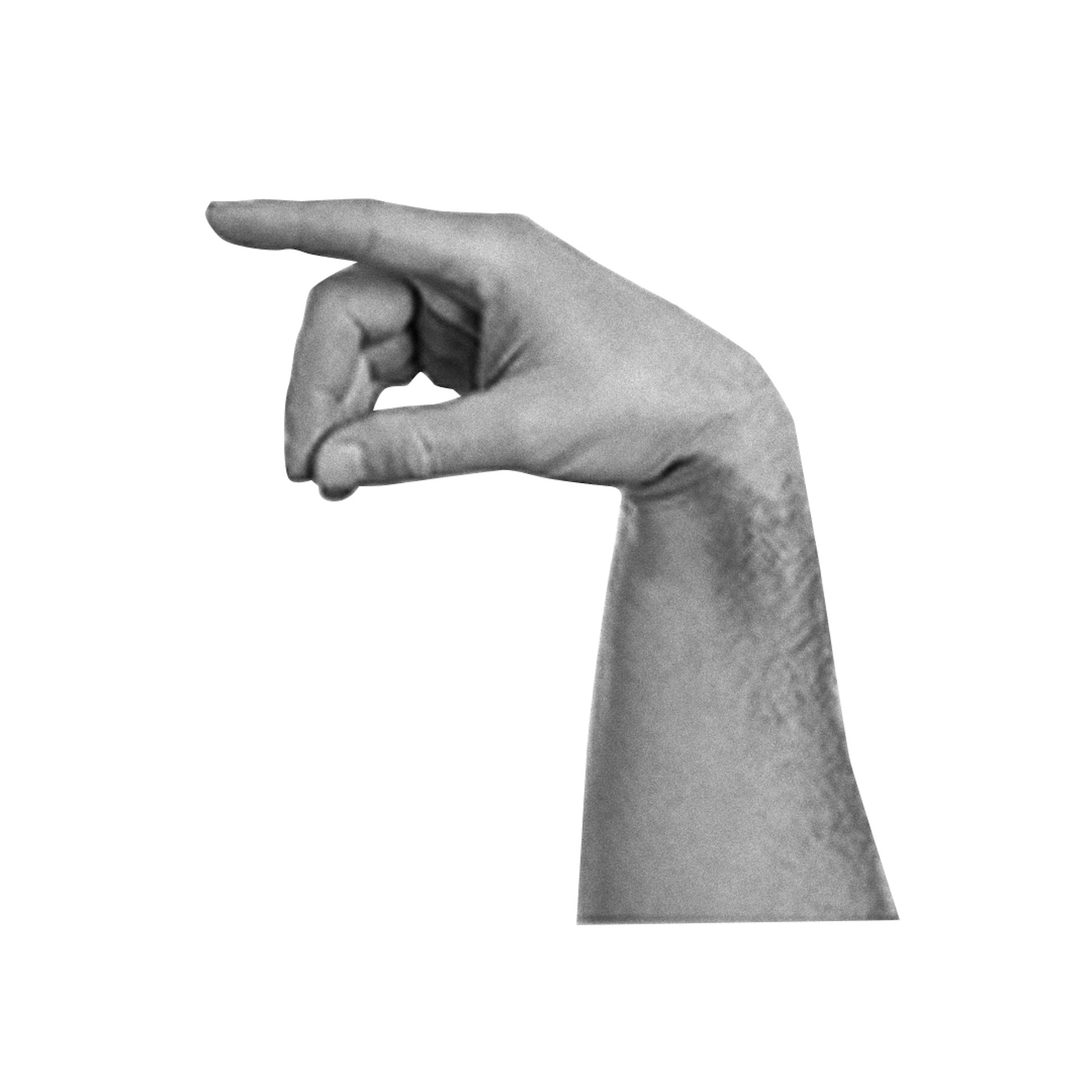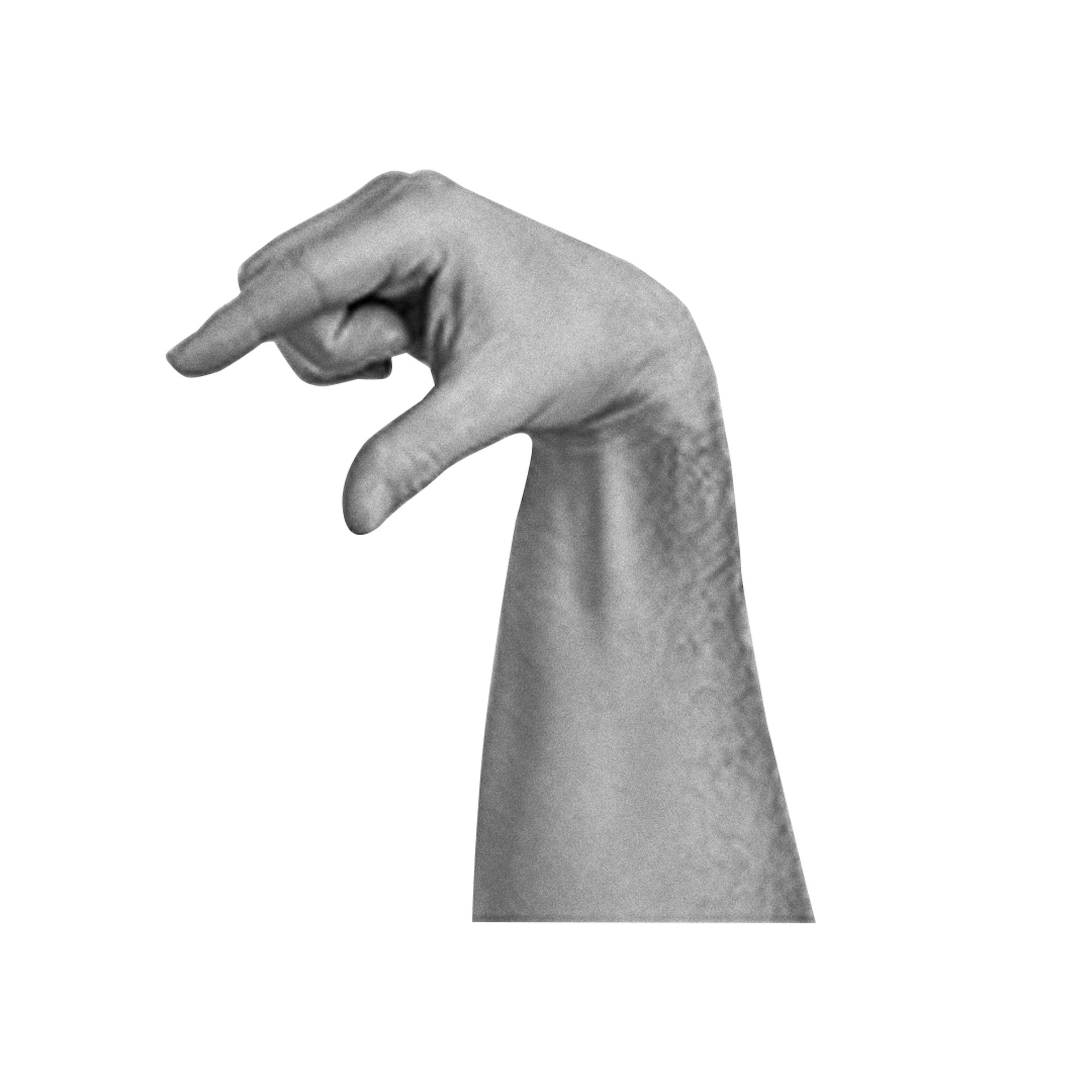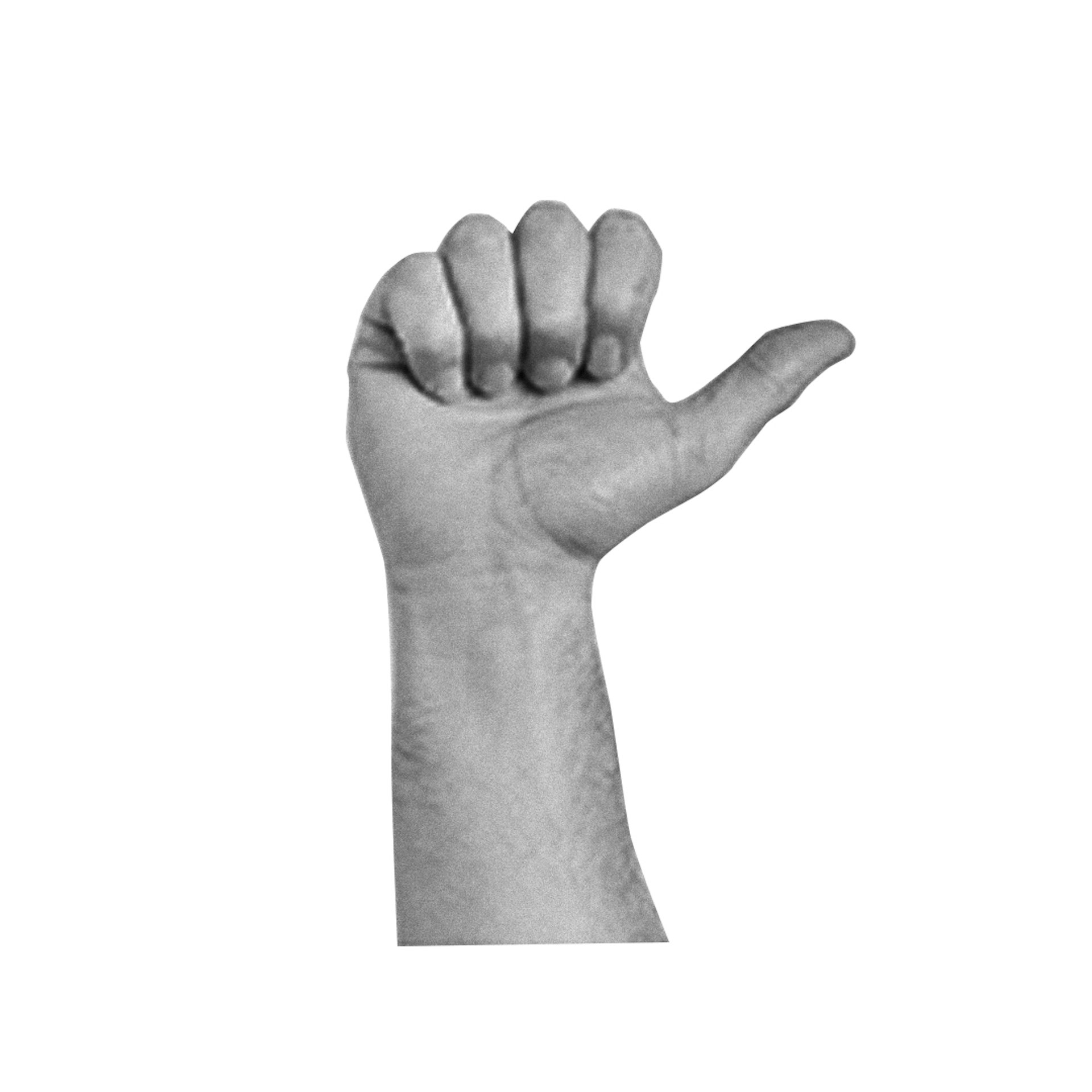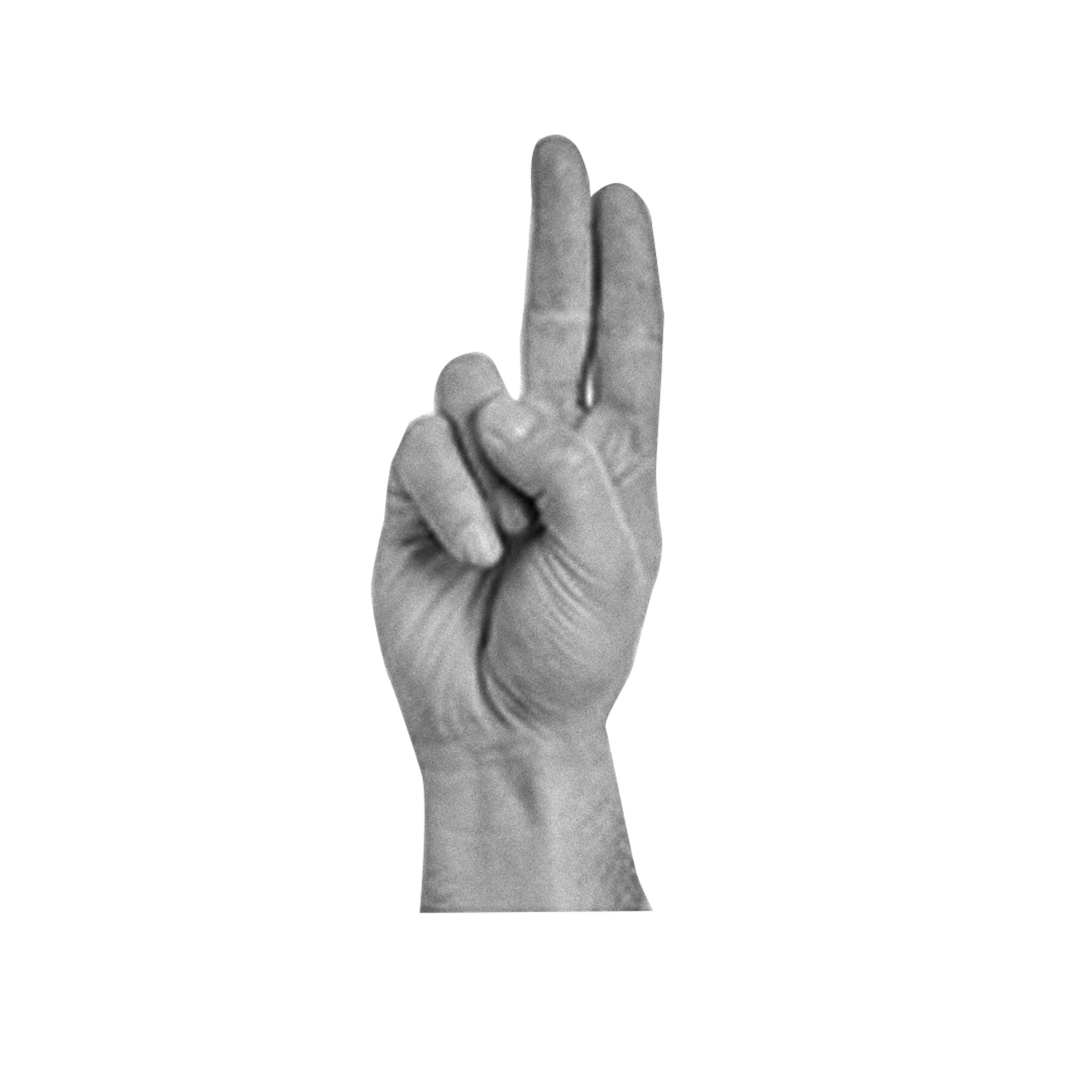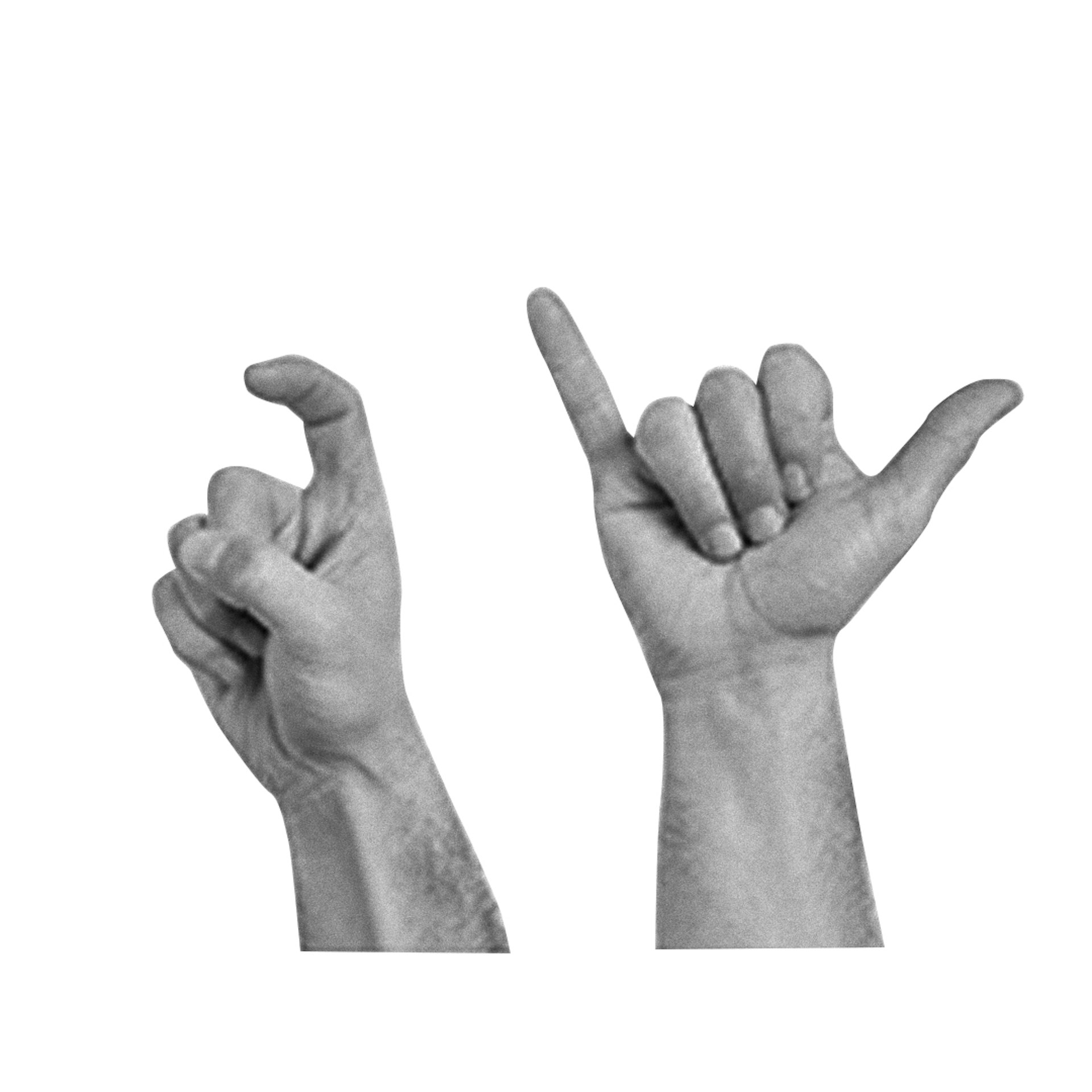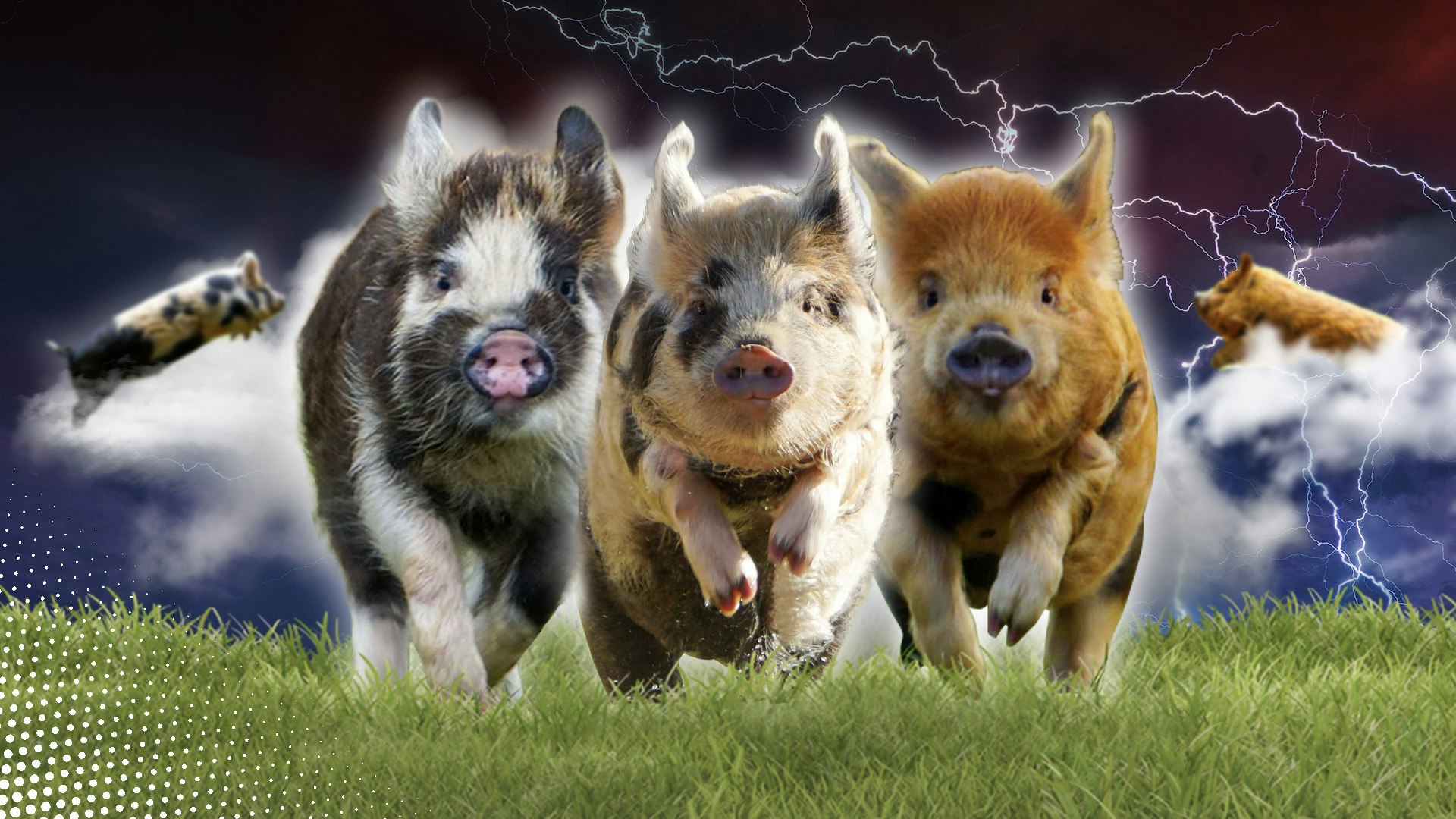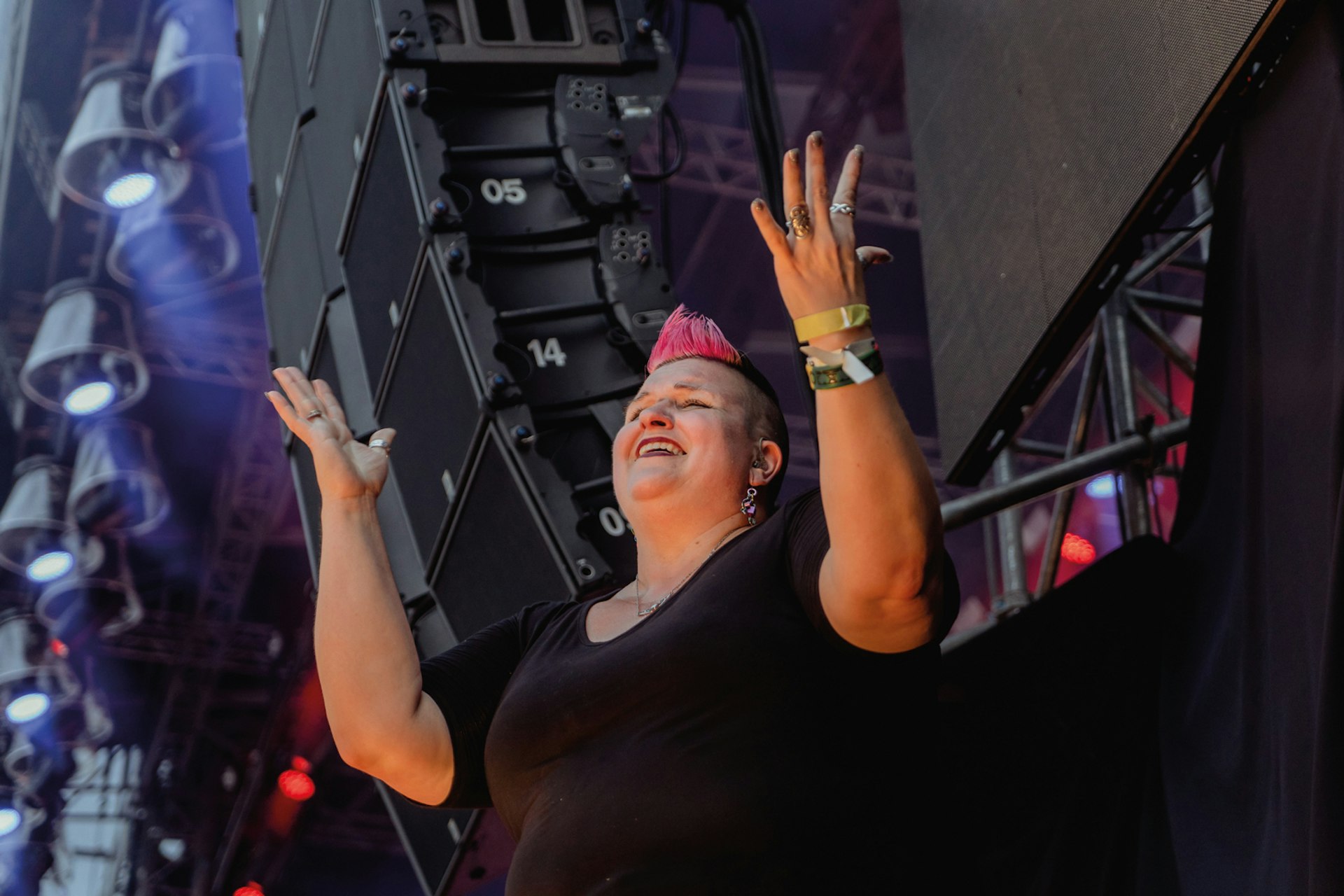
The sign language interpreter changing the way we listen to music
- Text by Ben Smoke
The ‘drama studio’ – a classroom whose breeze blocks had been painted navy rather than cream – at my school didn’t have desks. Classes were normally spent sitting on chairs in a circle. When it came to watching things, we’d crowd our seats around the TV, much like people did in the ’50s when the first person on the street got a set. On this auspicious Thursday morning, our drama teacher, Mr. Drake, wheeled out the TV trolley and told us to watch. In the darkness, the opening credits to The Shining lit up our faces. The sweeping shots of mountains and valleys, of winding roads and rivers were captivating. We sat there in total silence, with the sound of the television right down, in awe of the beauty of Kubrick’s shots. The stunning vastness of it all was unlike anything most of us had ever experienced. As the Overlook Hotel shuddered into view, Mr. Drake stopped the video, rewound it and turned up the volume. “Now watch again,” he told us, “and see what’s different.”
This time, the opening shot of the lake and the small island in the centre of it flickered onto screen accompanied by an eerie, overbearing organ melody. As the credits rolled, I felt a sharp intake of breath. This couldn’t be the same piece of footage we’d just watched. Where there was beauty, there was now menace. Where there was awe, now sat fear. An uneasiness rested upon us as we took it in, staring blankly at the screen long after the clip had finished and been replaced by digital snow. A simple, but masterful soundtrack changed everything. In so many ways, music can make or break art. It elevates it. It changes the meaning of a moment or a phrase. Softens or hardens it. Wraps it in joy or lays it bare in the bleakest possible terms. What happens then, when you cannot hear the music? When the peaks and falls that shape the images or the words are inaccessible to you? It’s this question that sign language pioneer Amber Galloway has set out to answer.
The line is crackly as we connect over Zoom. Festival season is in full swing on both sides of the Atlantic and Amber’s highlight was Lollapalooza in Chicago, Illinois, which saw headline acts like Lana Del Rey, Billie Eilish, and Kendrick Lamar. It was with Lamar, a decade ago, that Amber went viral for her vivid onstage interpretations of his live show for deaf and hard-of-hearing viewers. Amber is an ASL interpreter. Amber, arguably, where music is concerned, is the ASL interpreter.
“Normally, someone with a deaf family member will see an interpreter and get inspired,” she says. That wasn’t Amber G’s story. “Ironically” she adds, she’d had deaf people in her life for most of it but inspiration struck later. After having her twins early she went back to college.
“I bumped into some of my deaf friends from school [while at college]” Amber says. “We got chatting and they invited me to their table in the cafeteria where everyone would hang out. So I just started hanging out, and they started teaching me everything.” She’d go on to date one of these friends, eventually getting married to him. He adopted her twins, they had a third son together and signing became part of the tapestry of their family life.
“Eventually,” she says, her Southern drawl and pep combining to make her a natural storyteller, “I started having parties at my house on Fridays where we would sign songs and have fun. My deaf friends would tell me – ‘interpreters don’t look like you!’ I’d be like, “why?”. “And they’d tell me, ‘they just don’t do music like you, they don’t look like you, you should really do something about it’, and so I did.” From there, Amber, who was born with all of her hearing, enrolled in an interpreter training programme. But her days in class and her nights spent with her friends, chatting and signing music, never really married up. “The teachers there would tell me deaf people don’t like music, but then on Friday nights, at my house, we would be dancing, signing music back and forth. It was a complete contradiction to what I was living and breathing in the community.”
“Music is so much more than what our ears can do.”
“So many hearing people don’t understand what deafness means as well as deafness as a culture. And so from an outward eye, they just see deafness and they think about the non-functioning part of the ear. But music is so much more than what our ears can do.” It’s from this point that Amber started her journey. “I was able to see a deaf dance troupe called the Wild Zappers. They are incredible and showed me what music should look like, on the hands of deaf people. And I was like, this is what interpreters should look like, this is what music looks like, let’s make that happen.” Amber began travelling all over her home state of Texas interpreting. She built up a following for her unique, visceral style of interpreting music until, in 2002, her life changed. “I was working as an interpreter and I contracted spinal meningitis. It actually caused me to lose a significant amount of my hearing as well as my sight and now I have neurological problems from it. Before I was just a visitor to the community, then I became a part of it and the culture.” Amber returned to interpreting with renewed vigour, travelling across the country, the physicality and breadth of her performance continuing to set her apart.
Where there was an instrumental section in a song, “most interpreters would just make one movement to show music”, she explains. “It would actually make me mad because during that time I was married to a profoundly deaf person who would see guitars but have no idea what they sounded like because the interpreter would just sign the sign for music. They would never show what that looked like or what that felt like or any of the tones.”
Taking inspiration from deaf storytellers, Amber started to represent each instrument through her signing. “When you’re dealing with sign language, you set up the scene, so if Susan and Bob are talking, Susan will be on the right side, Bob will be on the left side. When I’m interpreting, I’ll put my piano on my right side, the snare drum higher up on the left side. I put my bass or my kick drum in front of my stomach area and I’ll refer back and forth to where I’ve set these instruments up. So that they all exist and their voices live.” How does one even begin to prepare for something like that at a festival where you might be interpreting dozens, maybe hundreds of songs? She laughs. “So what you’re not seeing is usually several weeks of work before we even get to the festival,” she explains. Amber, whose production company Amber G Productions offers interpreting services for concerts and events across the United States, employs whole teams of people. They memorise the lyrics while also deep diving into the artists, understanding their goal and their message. “There are some production companies that totally get what we get and understand what we do. So they will send out a letter to the artists that we’ve created together so that the artists understand the importance of us trying to get the setlist before. It’s beautiful when that happens, because we are their voices during that time for their concert goers. When we work in unison, it’s kind of like a dance.”
“I draw pictures on my lyrics and listen to the song so many times that it becomes part of a story”
It can sometimes be only minutes before a gig that Amber and her team (who help her from in the pit), get the setlist, so she has a vast bank of lyrics and movements stored in her head. “My babysitter was the television, so I’m really good at making movies in my head. I draw pictures on my lyrics and listen to the song so many times that it becomes part of a story.” She admits she has “thousands and thousands of pages of printed lyrics” with doodles and pictures on.
Her novel approach to interpreting – a holistic, full-body experience, saw Amber catapulted to fame. A video of her interpreting A$AP Rocky’s ‘Fuckin’ Problems’ being performed by Kendrick Lamar at Lollapalooza in 2013 went viral when it was uploaded to YouTube. Amber went on to make an appearance on Jimmy Kimmel Live! with Wiz Khalifa. The experience of virality has been repeated a number of times, most recently in 2019 when Amber was seen taking on rapper Twista’s machine-gun fire flow in a video posted by the musician himself. Her extensive career has seen Amber share the stage with some of the biggest names in music. Her favourites? “Snoop Dogg, TLC and Salt-N-Pepa – those were a part of my journey in my life, being able to actually sign for them was a huge honour. I never thought I would live to be where I’m at. I had a really hard childhood and hard life so to be able to be with some of my most influential music of my childhood brings home this sense of warmth and love and who I am.”
On going viral, Amber is reflective. “You know, it’s been an interesting journey. It has allowed me to have a bigger voice, and to be able to educate a lot of people on the importance of access in the entertainment world. And I’ve seen a lot of changes from that. So I feel like that has been really impactful.” With the positives come the negatives. “I’ve gotten a lot of backlash, because I am a white person and I have been on stages doing rap music which is a part of Black culture.” She points to the limited nature of viral clips that mean people don’t understand her background, “who I was raised with, what that culture means to me and the respect I have for it.”
Amber has worked hard to create teams that are more diverse, striving to protect “our BIPOC, our black and brown interpreters who are often experiencing racism in our field. I’ve tried as much as I can, to not take up those spaces. To create spaces, and to invite as many BIPOC interpreters who want to be on stage and want to be supported onto the team. I want to make sure that we are representing the music authentically.” While watching Amber and her team, it’s clear to see their desire for inclusion – to open up the words of the world to all. To colour in the spaces between them with their signs, and, in the process, add more colour and depth to the world itself.
“The biggest comment that we get when we get viral videos is ‘why in the world do deaf people go to concerts’. But you know what? That’s not your lens to live through. How about open up that lens more and look through the eyes of a deaf person? Think bigger than your lens. We uplift humanity by including others, and not excluding because the music itself isn’t discriminating.”
This piece appeared in Huck #80. Get your copy here.
Enjoyed this article? Like Huck on Facebook or follow us on Twitter.
Support stories like this by becoming a member of Club Huck.

